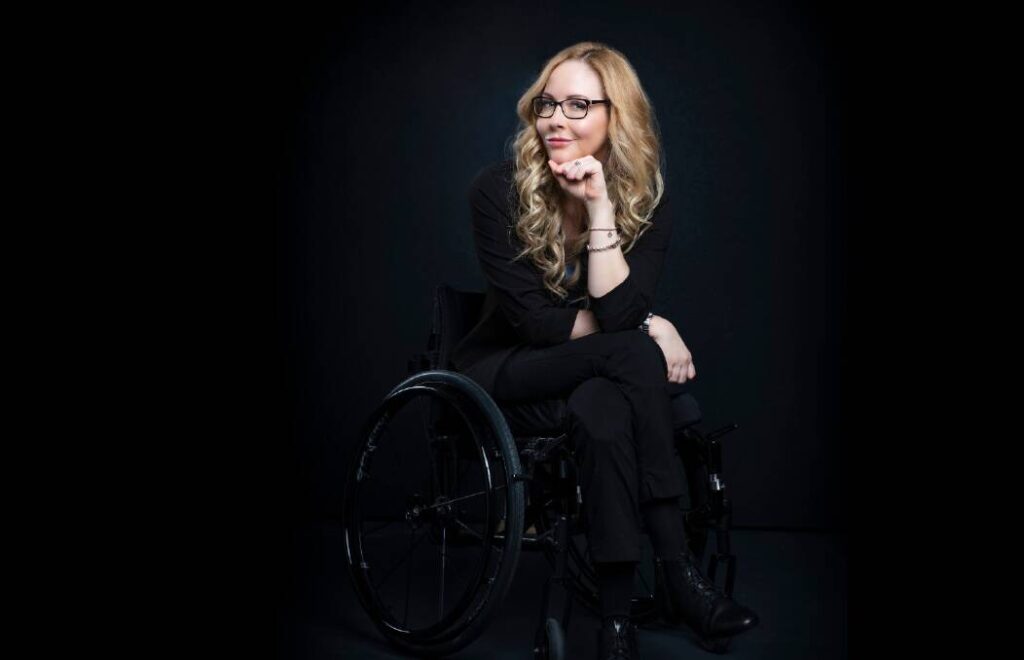
Sepsis, a severe medical condition that can arise from common infections, claims approximately 8,700 lives annually in Australia. Despite its alarming prevalence, awareness of the condition remains low among the public. The disease can develop from seemingly minor issues such as a cut or a respiratory infection, yet its potential to lead to organ failure makes it a critical health concern.
What is Sepsis and Why Does it Matter?
Sepsis occurs when the body’s immune response to an infection spirals out of control, resulting in widespread inflammation. This reaction can severely compromise organ function, as the body redirects blood flow away from non-essential organs to protect vital ones. Currently, sepsis affects around 55,000 people in Australia each year, with some survivors facing long-term health issues, including amputations and disabilities.
Lisa Cox OAM, a prominent advocate for sepsis awareness, understands the devastating impact of this condition firsthand. After suffering a stroke in her mid-20s, caused by Strep A, she developed sepsis, which led to organ failure and required her to spend two months on life support. “My hands and feet started turning black and blotchy,” she recounted. Following her ordeal, Ms. Cox underwent multiple surgeries and has since dedicated her life to raising awareness about sepsis, earning a Medal of the Order of Australia for her advocacy work.
The Need for Increased Awareness and Education
According to Sepsis Australia, the global statistics are equally concerning, with nearly 49 million cases of sepsis each year resulting in approximately 11 million deaths. Dr. Brett Abbenbroek, a representative from Sepsis Australia, emphasizes the need for more government funding towards sepsis research and public awareness campaigns. He highlighted that while billions are allocated to cancer and road safety, sepsis remains underfunded.
“Sepsis Australia has no dedicated funding for programs, relying solely on research grants, which limits our progress,” Dr. Abbenbroek stated.
He also pointed out the lack of education surrounding sepsis in medical training. “About 90 percent of universities that responded to our survey do not offer dedicated courses on sepsis,” he explained. This gap in education can have dire consequences, as new medical graduates often have their first encounters with sepsis during night shifts, potentially putting patients at risk.
Ellen Hill, a resident of the Blue Mountains in New South Wales, has experienced sepsis three times over a twelve-year period. Her most severe episode followed a seemingly innocuous ant bite. Hill credits the quick response of her local hospital for saving her life. “It just moves so fast,” she said, urging the public to be vigilant about the symptoms of sepsis.
Symptoms can include headaches, shivering, nausea, and localized pain. Hill advises those who suspect they may have sepsis to communicate their concerns directly to medical professionals upon arrival at the hospital. “When you get to the hospital, have your spiel ready to go and just tell them, ‘I think it might be sepsis,'” she suggested.
Dr. Abbenbroek further stressed the importance of immediate medical intervention. “The mortality for sepsis increases by about 8 to 10 percent every hour once it begins,” he warned. Quick administration of antibiotics significantly improves survival rates, making early detection crucial.
Sepsis can affect anyone, but risk factors include older age, Indigenous background, and existing chronic conditions. Additionally, individuals who have previously experienced sepsis are at a heightened risk of recurrence. “Your immune system can become either hyperactive or hypoactive, and it can take up to two years for it to stabilize after a sepsis episode,” Dr. Abbenbroek explained.
Advocates like Ms. Cox and Dr. Abbenbroek continue to push for greater awareness of sepsis. They urge the public to pay close attention to any unusual symptoms, such as rashes or persistent pain, which can signal the onset of sepsis. “You can’t be casual about it,” Ms. Cox cautioned. “You have to take every sign seriously.”
Sepsis remains a hidden threat within the healthcare landscape. Raising awareness and improving education are essential steps towards saving lives. By understanding the signs and acting swiftly, individuals can significantly increase their chances of survival and contribute to a broader movement that prioritizes sepsis awareness in health discussions.







